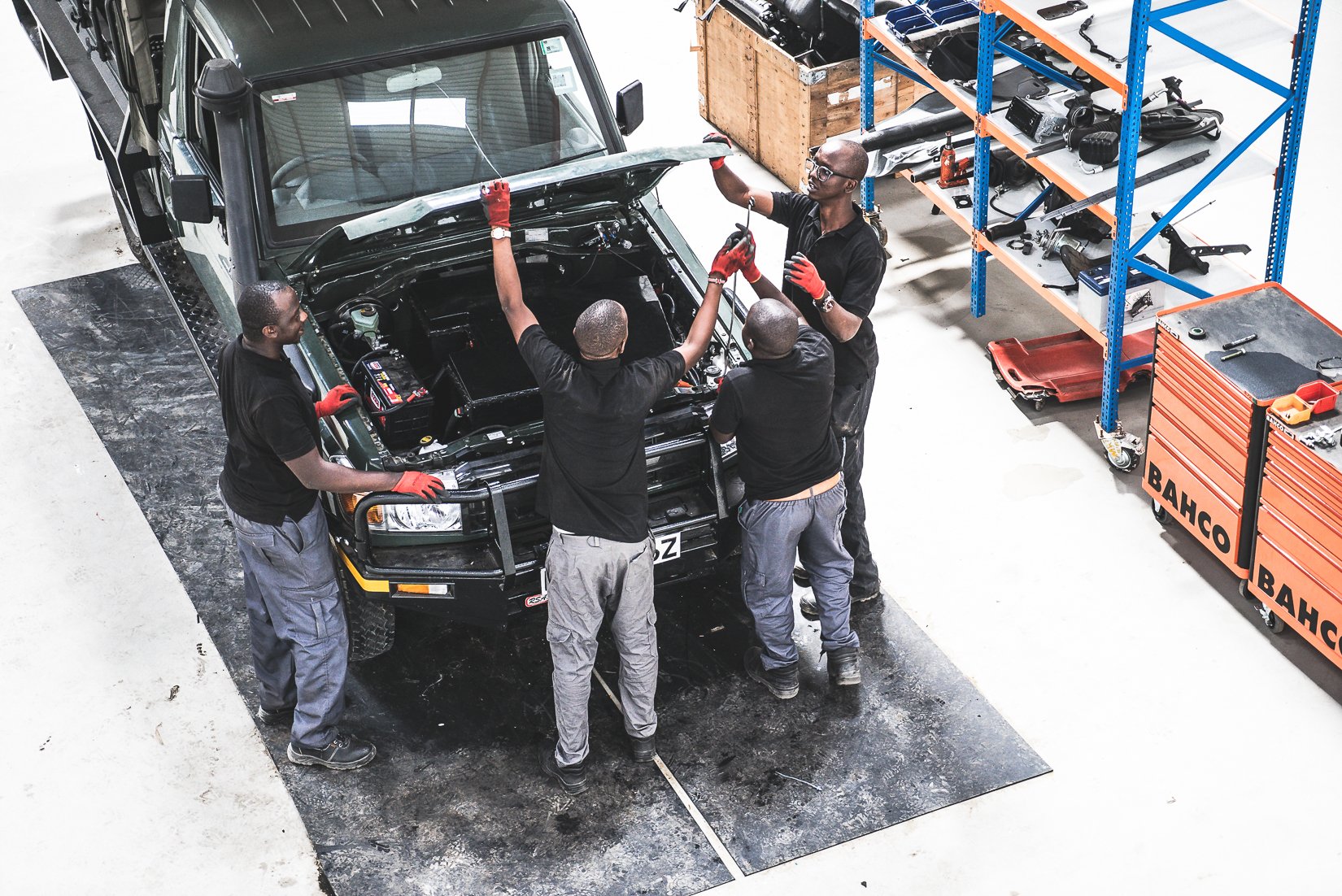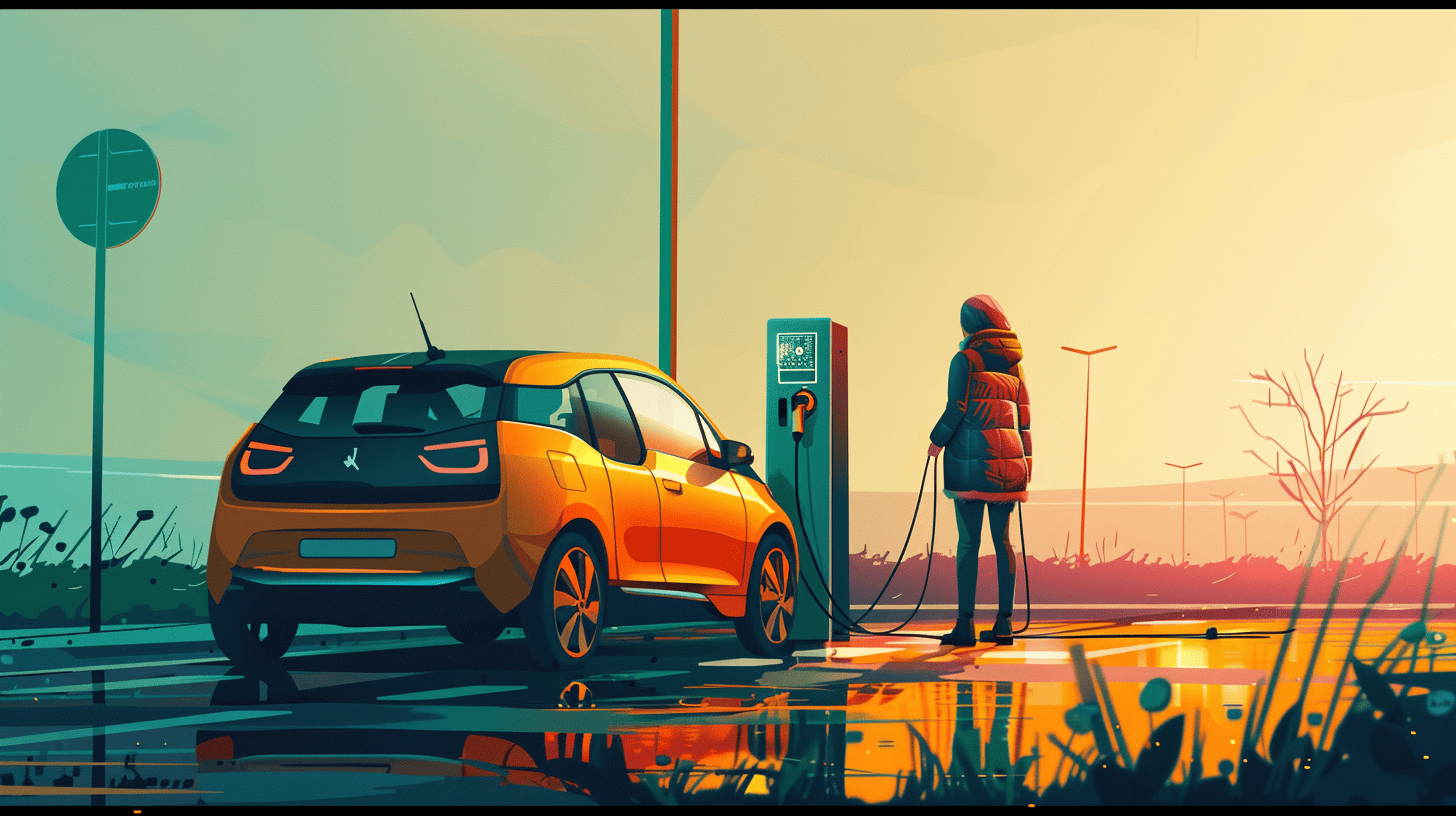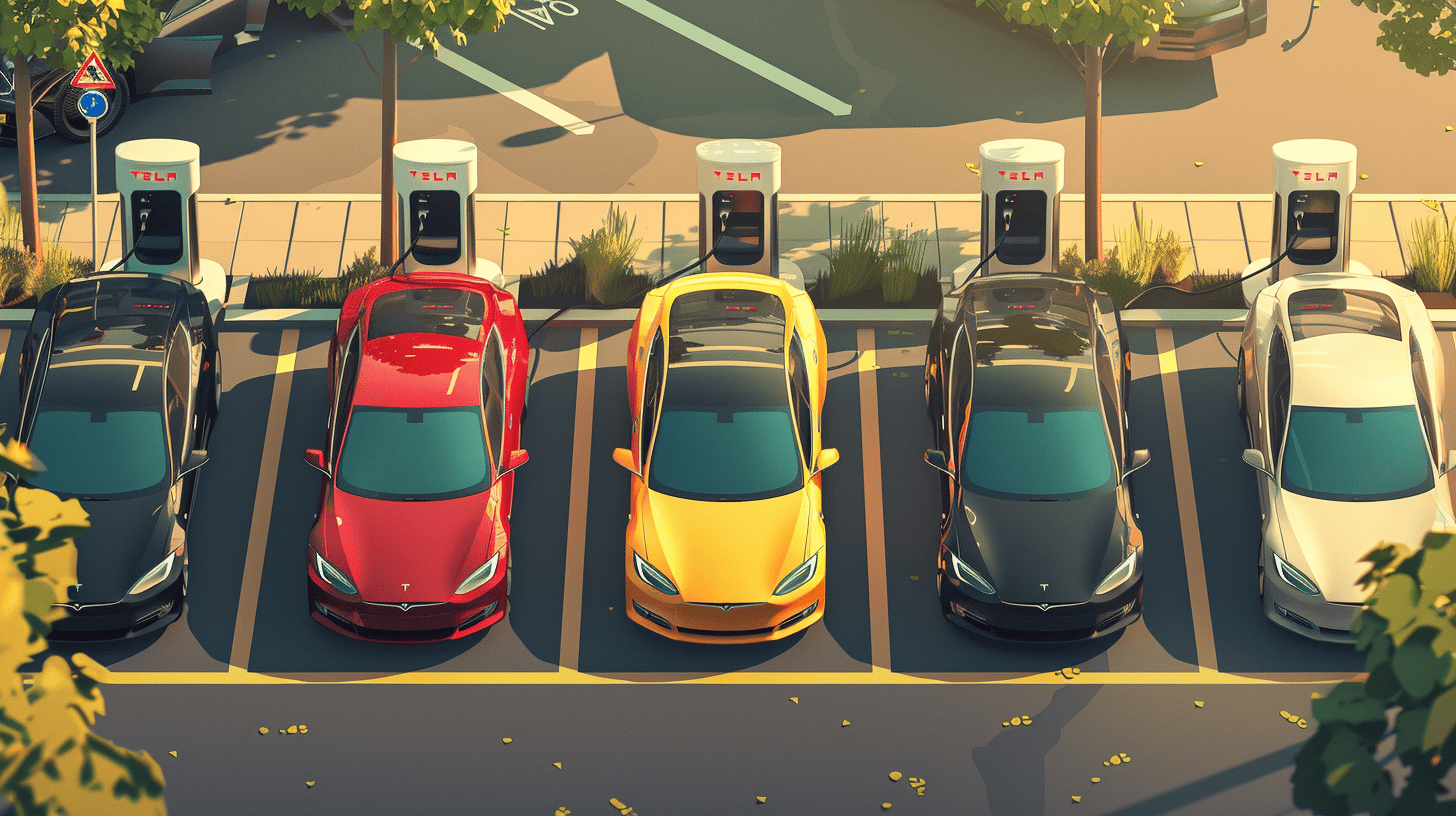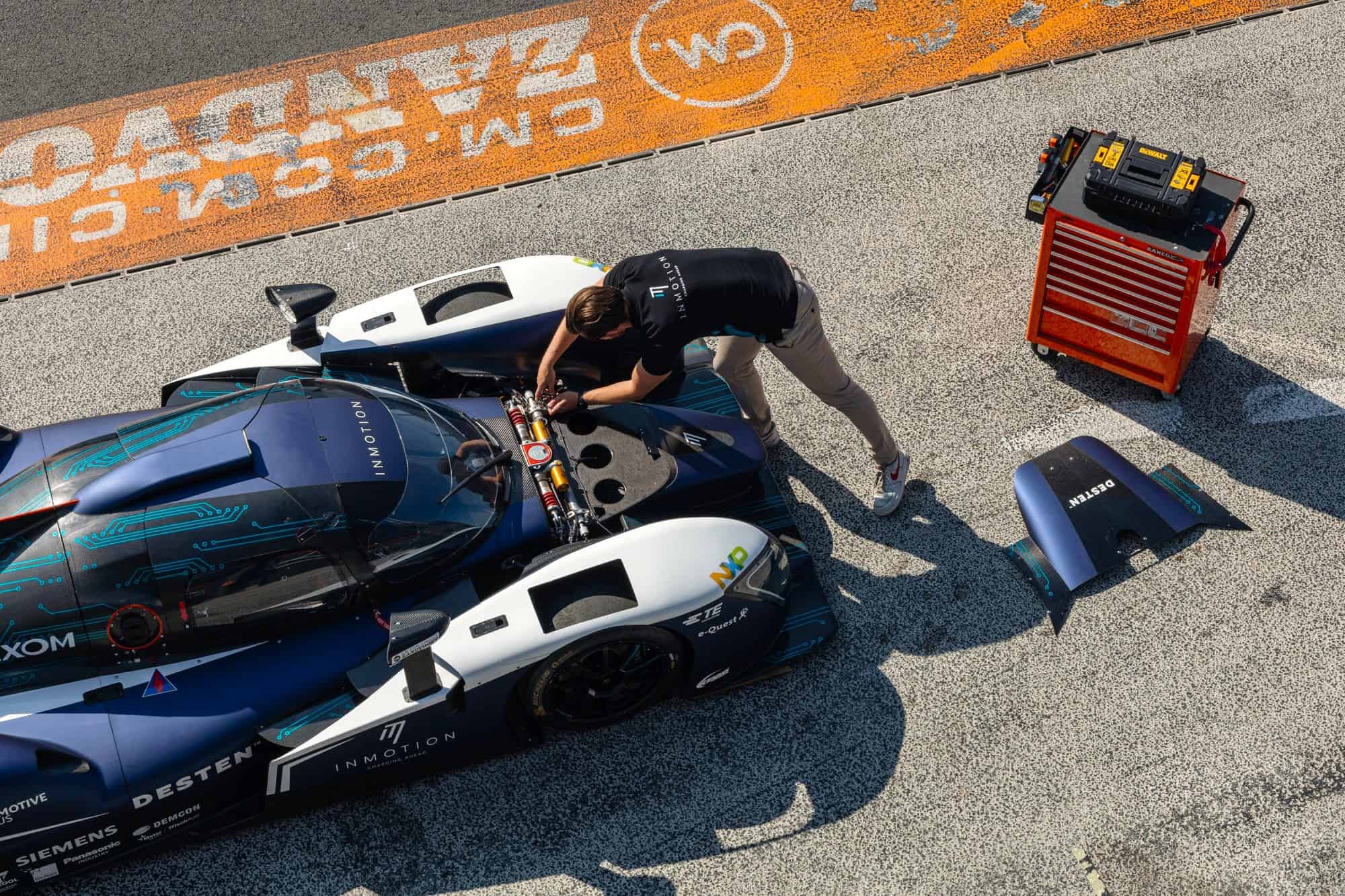
Electric mobility is an important factor when it comes to making transportation more sustainable. Fossil fuels in Africa remain a dominant source of energy and infrastructure for electric vehicles is lacking. That is why Swedish company Opibus set out to Kenya with technology that allows the conversion of regular cars into electric ones. The ultimate goal: Bringing electric mobility to the entire African continent.
Opibus was founded in 2017 by Filip Lövström, Filip Gardler, Mikael Gånge, and Rawlings Nechavava. It was the direct result of a research project conducted at Linköping University in Sweden. Lövström had spent part of his childhood in Kenya, which allowed him to establish a personal connection to the country. Yet moving the headquarters there made economic sense too. Kenya is one of the fastest growing economies in Sub-Saharan Africa. Combined with their enthusiasm for sustainability and the environment, this inspired the founders to focus on electric mobility there.
“They thought this was a great place to start this company given that the world is moving towards greener energy. “Emerging markets are lagging behind,“ says Lucy Mugala, a mechatronics engineer at Opibus. “Starting in Kenya will promote emerging markets’ transition towards sustainable energy.”
Off-road market
Originally, Opibus focused on converting off-road cars, such as Land Rovers and Land Cruisers – vehicles frequently used for safaris. “The safari market was our initial business area that we went into, because it not only made financial sense, but the sustainability angle in marketing is a huge thing as well, as they’re not as price sensitive,” explains Albin Wilson, chief strategy and marketing officer. Aside from making these tours more sustainable and energy efficient, the advantage of transforming a safari car into an electric car is noise reduction. Animals are disturbed less, allowing guides to get closer to them than they could before.
The technology used by fossil fuel-powered vehicles is largely replaced. The engine is removed and replaced with a motor in order to convert a car. In essence, the battery pack replaces the fuel tank. A motor controller, which is, among other things, responsible for the speedometer, breaking and gear shifting, is also fitted. The interior and bodywork remains unchanged.
With this conversion technology, Opibus can theoretically convert any vehicle into an electric one. “Our system is completely modular,“ says Wilson, “that’s what we’re trying to focus on, getting a standardized manufacturing process set up.” Now, the company is branching out to utility-based transport, with the aim of making the public transport sector in Africa more sustainable. “
High utilization areas
“We’re going for high utilization areas here. The vision of the company is to maximize impact. That’s why this region is a lot more interesting than building electric vehicles for people who drive to work once or twice a day and then maybe it’s standing around for 96 percent of its lifecycle,” says Wilson.
Opibus is launching the technology for buses later this year. For the costumer, the conversion technology has financial benefits: “It’s really a more economical way of introducing electric vehicles here, because you don’t need to invest in a new vehicle, you just need to invest in the motor and battery,” Wilson notes.
They also plan to target motorcycle taxis (boda-bodas). “A big thing is the low running costs of electric mobility. You can offset the initial investment in electric vehicles over time, because of their lower running costs. You can motivate investment by highlighting the increased income for taxi drivers,” states Wilson. One challenge the makers of this technology have to consider is range.
“We really need to address the inadequate infrastructure. That’s why utility vehicles which go from point A to point B work really well,” says Wilson. Unlike private cars, which travel anywhere with no fixed destination and guaranteed charging points, buses follow predictable routes. Consequently, public transport companies can strategically place charging stations at both of those points to make sure that the bus has enough power to make it back. Buses are estimated to have a battery capacity of 121 kilowatts per hours with a range of up to 120 kilometers. Fast-charging technology ensures that buses can quickly get back on the roads during rush hour.
Local communities
An important focus of the company lies on local communities and its impact on them. Opibus currently manufactures around 35 percent of the components locally, but is aiming to increase that number. Assembly happens locally as well. Mugala thinks that “building a product that is designed and assembled locally seeing a product that works on our roads and in our environment is going to motivate then to make this move.”







